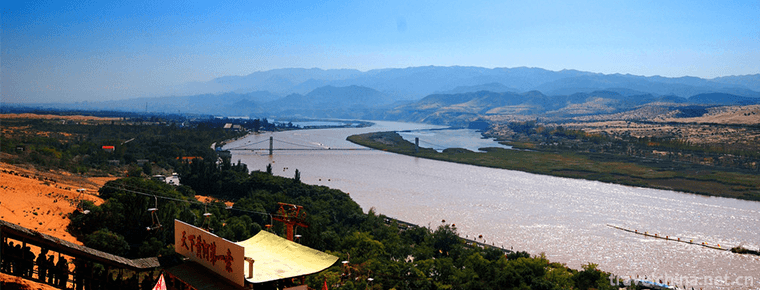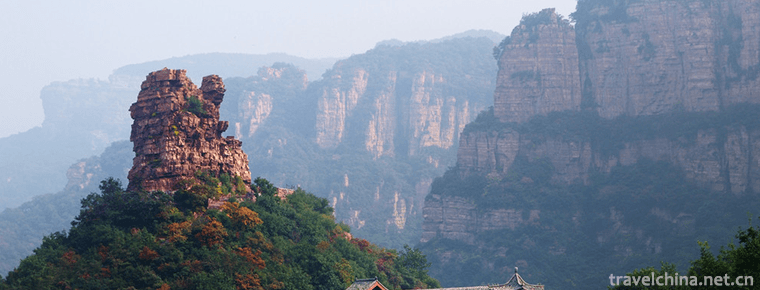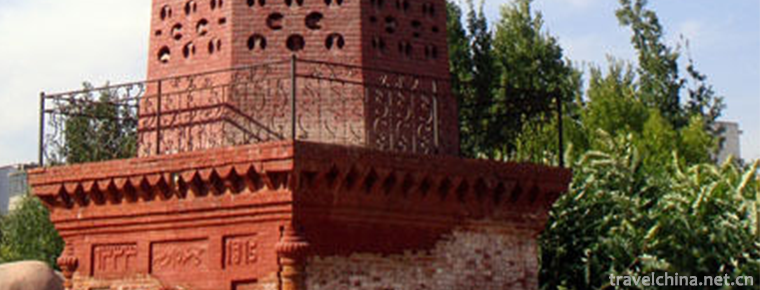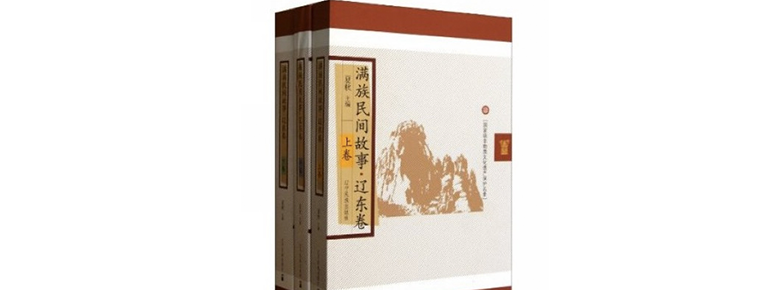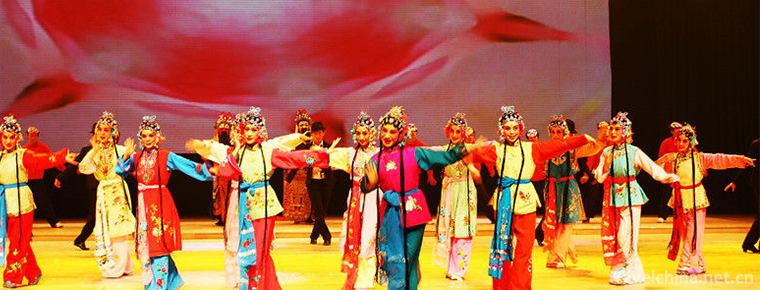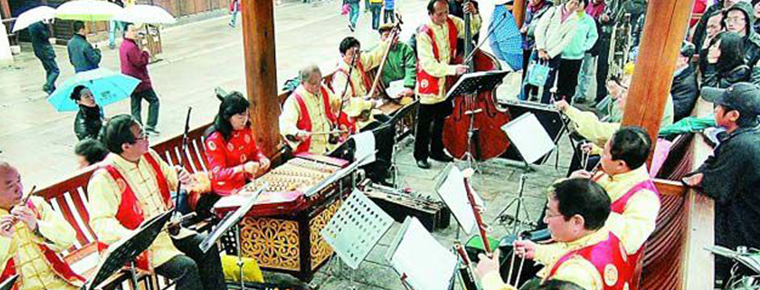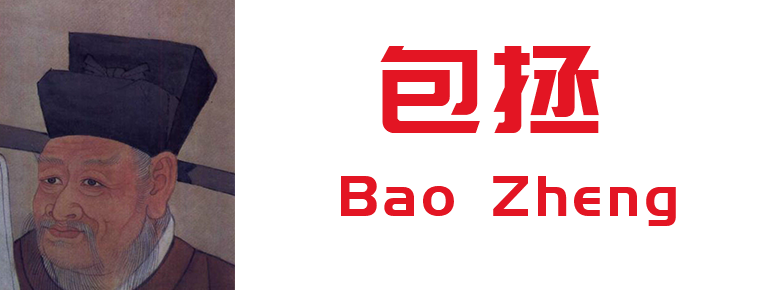Dong Pipa Song
Dong Pipa Song
Dong Pipa song is distributed in the southern dialect area of Dong nationality, which can be divided into lyric and narrative Pipa song. Its singing content almost covers Dong history, myths, legends, stories, ancient rules and principles, production experience, marriage and love, customs, social exchanges and other aspects.
On May 20, 2006, it was approved by the State Council to be included in the first batch of national intangible cultural heritage list .
historical origin
Many years ago, the Dong people did not have "Dong Song" or Dong Pipa. One day, seven fairies went down to bathe in a clear and bright River in Dong village. They saw all the Dong people were simple, kind and industrious, but they could not sing. They both loved and sympathized. When they returned to the palace, they told the Jade Emperor about it. The Jade Emperor also expressed deep sympathy and immediately ordered the Seventh Fairy to go down to earth. The sun was hot at noon this summer. A young man of Dong nationality, Abao, felt very stuffy and took a bath in the river not far from Dong village. When he finished his bath and went ashore to get dressed, a huge wave broke up in the river, and the waves were rolling for a long time before calming down. He saw a big carp floating up in the middle of the river and did not move for several times. Abao jumped into the river. In the river, the big carp was dragged slowly to the bank. At that time, seven or eight young men came to the Bank of the village. They saw Abao dragging a big fish hard along the bank and went to help. They carried the big carp home with two big wooden bars. At night, Abao had a beautiful dream: the gods in the sky said to him that the big carp's eggs were all songs. The next morning, Abao put the dream into practice. They took fish eggs on their way and met beautiful "Duck Plum" (Dong language, two beautiful girls) on the way. One was called Suo Sai, and the other was called Suo Ya. They gave these fish eggs to them and asked them to divide them into Dong people from all over the country. Suo Sai and Suo Ya did not. Know how to sing a good song with your voice. An old passer-by said, "It's very busy in the sky, and there are all kinds of good tunes. Go there." So Soapy and Soapy followed the old man to the sky to ask for music from the Jade Emperor. They drove to the sky and said to the Jade Emperor, "Lord Jade, there are many songs in our world, but they don't know how to use tunes." I don't know what kind of music sounds good. Please always give us some. "The Jade Emperor smiled and said:" It's really gratifying that two little sisters came here for this. I have all kinds of beautiful songs and music here. If you like the happy and bright Lusheng song, you need the Lusheng song; if you like the gentle and melodious Lusheng song, you need the Lusheng song and Pipa song. "In this way, they will come to Lusheng, Pipa and many songs, and sing from the margin of the sky to the earth. People in Dong Township heard for a while. A beautiful and beautiful Lusheng and euphemistic Lyric song, together with the tinkling Pipa sound, are all relaxed and happy. Abao is smart, and imitates the pipa model on the spot to make a beautiful pipa. People, scholars, villages and villages have also made pipa. Since then, Dong people not only have a variety of tunes of Dong songs, but also Dong people's pipa, lu. Sheng and tunes.
artistic characteristics
Because of the different types and chords of Pipa songs used in different places, different dialects, different singing places and different voices, many different styles have been formed.
1. Sanbao Pipa Song (also known as Chejiang Pipa Song) is a kind of lyric Pipa song. It is accompanied by medium-sized four-stringed Pipa and accompanied by Gogi concerto. It is composed of men's playing piano, men's singing or men's singing, men's singing with Ben voice and women's singing with small voice. It is mainly popular in Rongjiang County, where Sanbao is the center.
2. The Pipa Song of Wanzhai (also known as the Pipa Song of Forty-eighth Village) is not only a kind of lyric Pipa song, but also a kind of Pipa playing. The male voice is accompanied by the large and medium-sized Pipa with three or five strings, while the female voice is accompanied by the medium and small Pipa with three or five strings. They are all self-playing and self-singing. They are mainly popular in the 48 villages adjacent to Rongjiang County and the 72 villages in Rongjiang County. Only forty-eight villages have women playing Pipa and singing. Seventy-two villages are one kind of narrative Pipa songs. Most of them are accompanied by three or five-stringed large-scale Pipa played by middle-aged and old male artists. They are invited to sing in residential halls or galleries, mainly in narrative songs or reasoning songs, and are only popular in the Dong area of seventy-two villages in Rongjiang County.
3. Pingjia Pipa Song (also known as Hongzhou Pipa Song) is a kind of lyric Pipa song. It is accompanied by three-stringed small Pipa (similar to calf-leg piano) by men. Male singers or male singers play female singers. Both male and female voices use fake voices. It has a unique style. It is mainly popular in the Dong nationality areas centered on Hongzhou Town of Liping County and Boyang Town of Tongdao County of Hunan Province.
4. Six-hole Pipa song is a kind of lyric Pipa song. It is accompanied by four-stringed small pipa. Men play male or female pipa. It is sung when singing and sitting at night. Originally, both male and female voices used fake voice, but now it has changed to the original voice. It is mainly popular in the areas of Liping and Congjiang counties commonly known as "Six-hole", "Thousand-five" and "Ten-hole".
5. Rongjiang Pipa has both Lyric narrative and singing form, singing place and singing content. It is mainly popular in Sanjiang County, Rongshui County, Rongjiang River reach and Liping County in Guangxi Province, where "four-legged cattle" is the center. The main tracks are "opposite Bank of the river", "first meeting", "uneven road", "long time no see" and "two wishes".
6. The Song and Lyric Narration of Pipa in Searching for the River has the same singing form, place and content as that of Six Holes. It is mainly popular in Sanjiang County of Guangxi Province, Longsheng County and Channel County of Hunan Province.
7. Pingjia Song of Hongzhou is popular in Pingjia Village, Hongzhou Town, Liping County, Guizhou Province. It is located 33 kilometers east of Liping County and on the edge of Hunan, Guizhou and Guizhou provinces. Pingjia Village was built in Yongle Period of Ming Dynasty (about 1405). It is said that this kind of song has been sung here since then. In 1952, music workers of Guizhou Cultural Department discovered this kind of Pipa song and took part in a few tunes of Guizhou Province. Since Pingjia Village was under the jurisdiction of Hongzhou at that time, this kind of Pipa song was named "Hongzhou Pipa song".
The greatest feature of Hongzhou Pipa song is that both men and women sing in a fake high voice with melodious melodious melodies and unique style. It has rich melodies and lyrics, including love songs, songs of filial piety to the elderly, narrative songs and so on. Love songs are songs sung by young men and women playing Pipa at home or on hillsides, mainly expressing their love for each other. Filial piety to the elderly is a song by young men and women in public places. Pipa-playing songs are about filial piety to the elderly. A famous song is "Young People Respect the Old." Narrative songs are songs sung by older people in drum towers or public places. Most of the songs are about national history, major events and folk stories.
Hongzhou Pipa song is mainly taught among the groups of interests and hobbies spontaneously organized by the people, but not directly between father and son or relatives. The old people teach songs, young people sing songs and children learn songs, which are the traditional customs of Dong people. Hongzhou Pipa song occupies an important position in Dong music. It is the treasure of Dong people's Pipa song and the heritage of ancient folk songs. In Pipa song, Hongzhou Pipa song is the heritage of ancient folk songs. The only rare type of Pipa singing in fake voice has its own production technology. The performance of Pipa is popular among the people and has become an integral part of local life.
Representative works
"On the other side of the river", "First meeting", "Road Inequality", "Long time no see", "Two wishes" and so on.
Inheritance significance
Dong's Pipa song is a national cultural product, which is not only popular with the local people, but also has been on the "hall of elegance" many times. In 1959, eight Pipa singers in the evening village were invited to perform in Zhongnanhai, Beijing. They were met by Mao Zedong, Zhou Enlai and other party and state leaders. In the same year, Sanbao Pipa song participated in Guizhou Province's literary and art performance and was recorded and released nationwide. In spring of 2004, in Zhongnanhai. In the Western Folk Song Contest held by CCTV, Sanbao Dong Pipa Song won the Silver Prize at one stroke. In order to better inherit Dong Pipa Song, a national culture, in the past 20 years, Rongjiang County has also introduced Dong Pipa Song into the classroom. Dong Pipa Song has now been listed in the national intangible cultural heritage list and attracted worldwide attention. In recent years, Dong Pipa Song has been widely known, and they have sung to Beijing. Asian Games Village, singing to Paris, France... This flower of folk literature and art is more and more brilliant.


-
Scenic Spot of the Source of the Yellow River
Kariqu, one of the sources of the Yellow River, started with five springs, and Maqu, the other with only one springs. This is the source area of the Yellow River. Tourists here can't imagine that the .
Views: 175 Time 2019-01-18 -
Jiangyou Dou Meishan Scenic Area
Dou Meishan Scenic Spot is an important part of Jianmen Shudao National Scenic Spot. It is 25 kilometers north of Jiangyou City and 170 kilometers away from Chengdu.
Views: 153 Time 2019-01-21 -
Checkerboard Mesa Qipanshan Mountain
Qipanshan is located in the northeast of Shenyang City, adjacent to Fushun in the east, Hunhe in the west, Tieling in the South and Hadaling in the north. It is located .
Views: 225 Time 2019-02-07 -
Construction Skills of Russian Nationality Residences
Historically, Tacheng once had the reputation of "Oriental Moscow", which is by no means a historical accident. It has a close relationship with the border trade in the past 150 years.
Views: 344 Time 2019-04-28 -
Talking about ancient times
Telling the ancients means telling books and stories. It is a traditional language performing art form in which ancient artists use Quanzhou dialect in Minnan language to re-create and deliver novels .
Views: 301 Time 2019-05-05 -
Manchu Folk Stories
Liaoning is a region where Manchu people have formed, risen and grown up. It contains extensive and profound Manchu cultural relics and connotations. Manchu folktales originated from the Manchu people.
Views: 110 Time 2019-05-18 -
Western Fujian drama
Western Fujian Han Opera, formerly known as "Waijiang Opera", also known as "Ran Tan", is one of the local operas in Fujian. He was born out of foreign operas, absorbed Hakka diale.
Views: 205 Time 2019-06-05 -
Ten times of music
Shifan music is a traditional instrumental music spread by Hakkas in Fuzhou and Western Fujian Province. It has been circulated since the middle of Daoguang in the Qing Dynasty. The origin of Shifan m.
Views: 307 Time 2019-06-15 -
The Story of the Hundred Birds Clothes of the Zhuang Nationality
At the beginning of liberation, Guangxi was a remote part of China at that time, but the appearance of Hundred Birds'Clothes showed that Guangxi was not a barren place for literature, and the minority.
Views: 202 Time 2019-08-16 -
Bao Zheng Bao Qing Tian
Bao Zheng (999 - July 3, 1062), He Xi Ren. Luzhou Hefei (now) Anhui Hefei Feidong People. Northern Song Dynasty Famous ministers..
Views: 171 Time 2019-09-11 -
Guangyuan climate
Guangyuan City belongs to subtropical humid monsoon climate; it is located in the southern foot of Qinling Mountains, which is a transition zone between North and south. It has the characteristics of humid climate in the South and the characteristics of high sky.
Views: 328 Time 2020-12-15 -
Leshan secondary industry
In 2019, the industrial added value of Leshan City is 68.028 billion yuan, an increase of 8.8% over the previous year, accounting for 36.5% of the city's GDP, driving economic growth by 4.0 percentage points and contributing 52.8% to economic growth..
Views: 361 Time 2020-12-17
